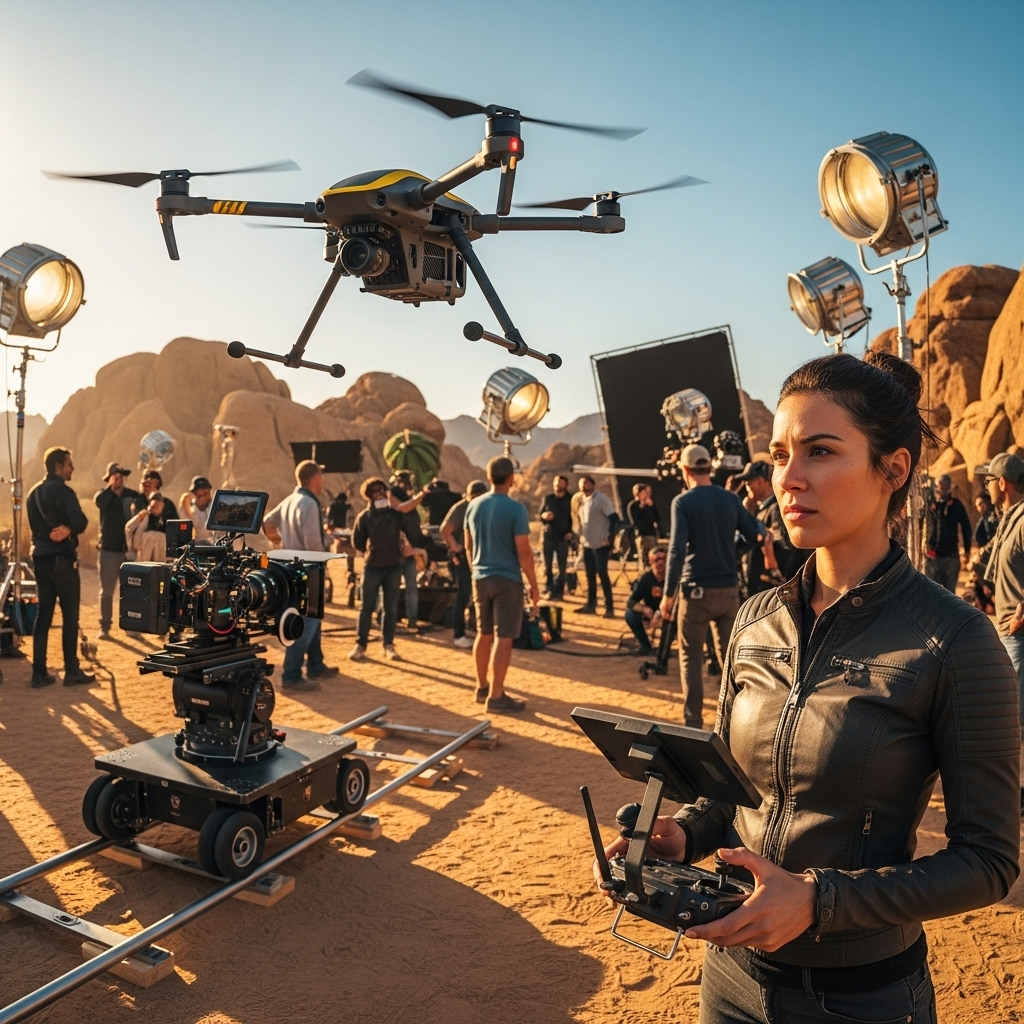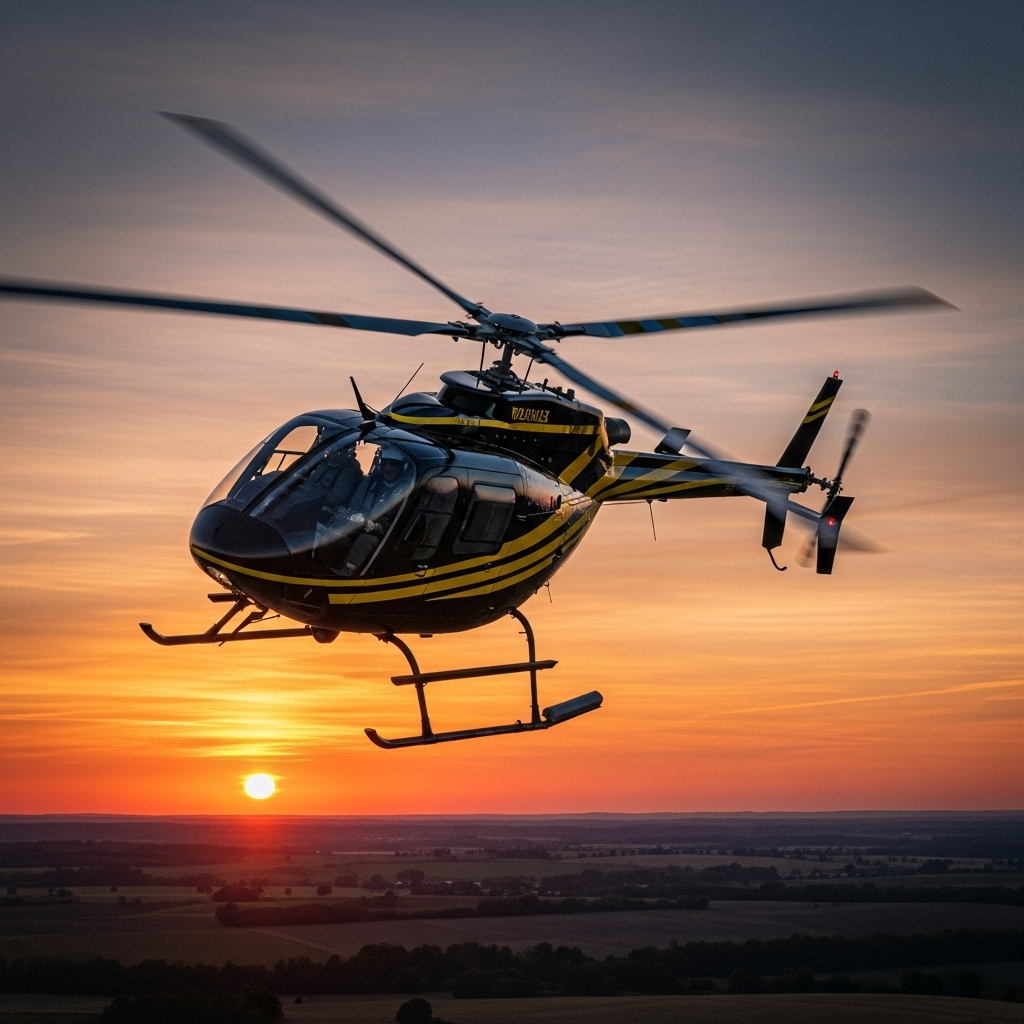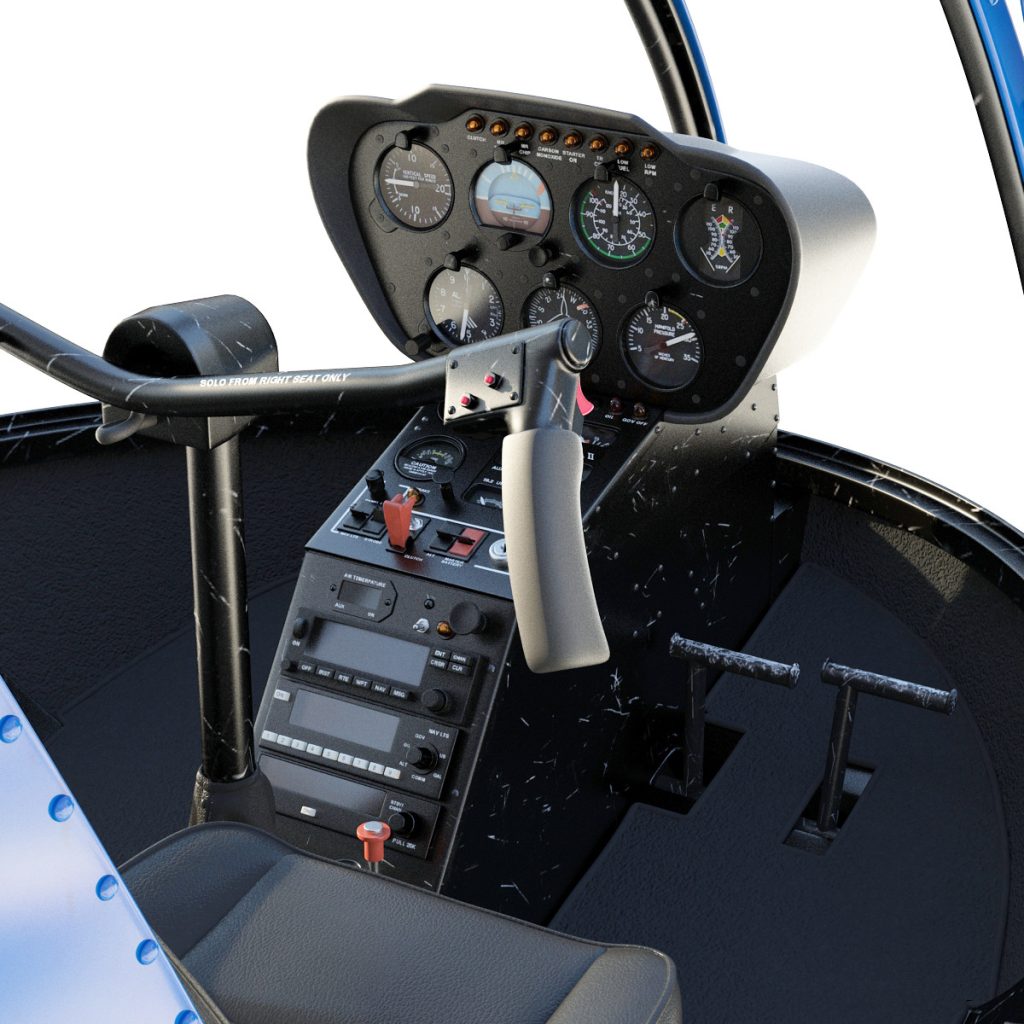The rapid evolution of drone technology has transformed various sectors, offering innovative solutions in areas such as photography, agriculture, surveillance, and delivery services. As the commercial drone industry expands, it not only creates numerous opportunities within its own domain but also serves as a valuable stepping stone for aspiring pilots aiming to enter the helicopter and broader aerial transportation industries. This article explores how careers in commercial drone operations can pave the way for professional helicopter piloting, highlighting the skills, certifications, transition pathways, and future industry trends that shape this dynamic field.
Introduction to Commercial Drone Operations and Career Opportunities
Commercial drone operations involve the use of unmanned aerial vehicles (UAVs) to perform tasks that traditionally required manned aircraft, often under regulated frameworks. These operations encompass a diverse range of applications, including aerial photography, infrastructure inspection, agricultural monitoring, and emergency response. The industry has seen significant growth due to technological advancements, decreasing costs, and increasing regulatory acceptance. For individuals, careers in commercial drone operations can offer valuable experience in flight planning, navigation, safety protocols, and operational management. Such roles often serve as an entry point into the broader aviation sector, providing practical skills and industry knowledge that are highly transferable to manned aircraft piloting.
Skills and Certifications Required for Drone and Helicopter Careers
To succeed in commercial drone operations, individuals need a solid foundation in aviation principles, technical proficiency with UAV systems, and adherence to regulatory standards. Certifications such as Part 107 Remote Pilot Certification in the United States validate a pilot’s knowledge of safety, airspace rules, and operational procedures. For helicopter careers, additional licenses and ratings are required, including Private Pilot License (PPL), Commercial Pilot License (CPL), and specific type ratings depending on the helicopter model. The skills acquired in drone operations—such as situational awareness, navigation, and safety management—are directly applicable to helicopter piloting. Continuous training, hands-on experience, and staying updated with evolving regulations are essential for progressing in both fields.
Transitioning from Drone Operations to Professional Helicopter Piloting
Transitioning from commercial drone operations to professional helicopter piloting involves building upon existing skills through formal flight training and obtaining necessary certifications. Many pilots leverage their understanding of airspace, navigation, and safety from drone work to accelerate their progression toward manned aircraft licensing. Enrolling in certified helicopter flight schools, gaining hours through introductory flights, and completing required licensing exams are critical steps in this process. Moreover, experience in managing complex operations and understanding regulatory compliance gained through drone work can be advantageous when applying for helicopter pilot roles. This pathway offers a practical and often cost-effective route for skilled drone operators to enter the professional helicopter industry.
Future Trends and Opportunities in Aerial Transportation Industries
The future of aerial transportation is poised for significant innovation, driven by technological advancements such as autonomous flight, electric propulsion, and integrated air traffic management systems. Commercial drone operations are expected to become more sophisticated, supporting urban air mobility, package delivery, and emergency response services. These developments will create new opportunities for trained pilots, maintenance crews, and operational managers, encouraging a seamless integration between unmanned and manned aircraft. As the industry evolves, there will be increased demand for versatile pilots capable of managing both drone and helicopter operations, fostering a more interconnected and efficient aerial transportation ecosystem. This convergence promises to expand career prospects and revolutionize how people and goods move through the skies.
In conclusion, commercial drone operations offer a valuable foundation for aspiring helicopter pilots, providing practical experience, technical skills, and industry insight. The transition from unmanned to manned aircraft is facilitated by overlapping competencies and targeted training pathways, making it an accessible route into professional aviation careers. As technological innovations continue to reshape the aerial transportation landscape, opportunities for skilled pilots are expected to grow, emphasizing the importance of adaptability and continuous learning in this dynamic field.


